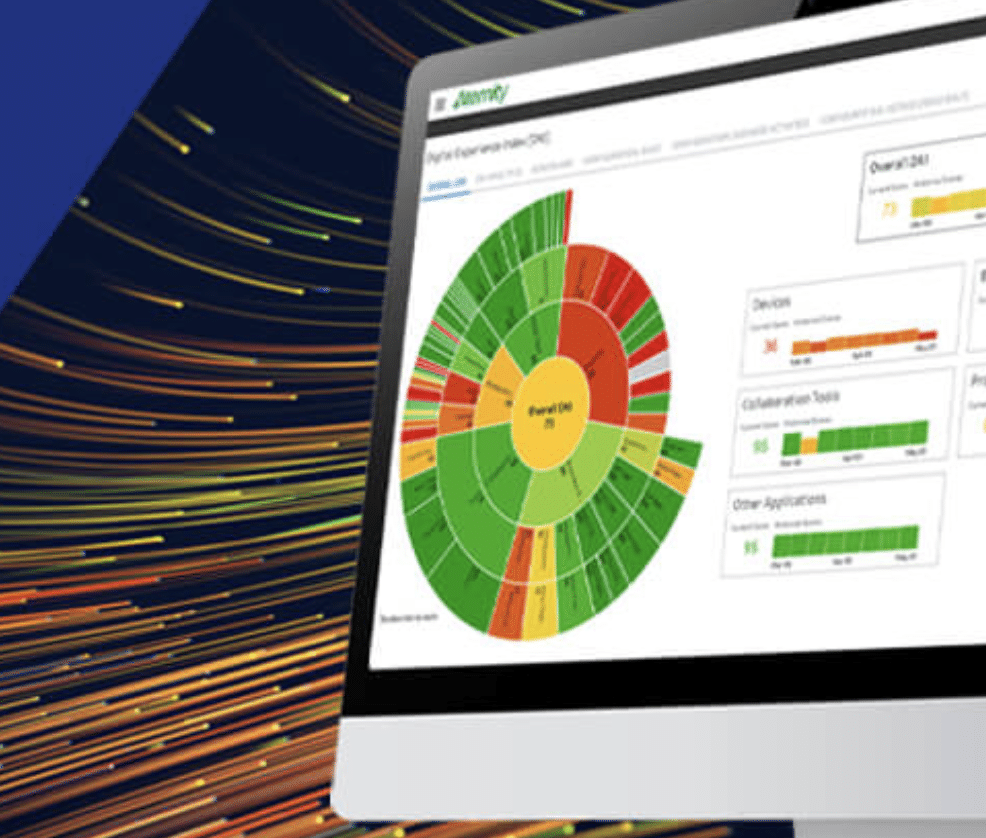Quantifying the financial impact
The industry average for a Blue Screen of Death (BSOD) is one per every 730 hours of use. For a company with 500 devices, that amounts to about 100 blue screens every month. If it takes 10 minutes to get back to normal productivity for the end user, that means a total loss of productivity of about 17 hours each month on average – just from this one metric.
The same calculation can be done for unexpected shutdowns, application crashes, application unavailability, WiFi disconnects and poor performing applications to mention a few. The amount of time and money lost is staggering, and it highlights the importance of gaining control over this part of the value chain. By tracking these kind of KPIs over time, it enables proactive work to truly enhance the end user experience and the user satisfaction levels.
Did it work?
New software releases can require additional hardware requirements to the virtual or physical devices, or introduce new and unknown performance issues. With factual insights into end user experience, you can do changes to infrastructure or software with confidence. Either by validating compliance to requirements before the change, or validating the end user experience after the change. No longer need to wait anxiously to see if any users contact support, you will have the facts as they happen.
Continuous improvement and shift-left
When you have the insights and facts about health events and misconfigurations, the next natural step is to utilize this to automate regular tasks. The most simple example would be to do a disk cleanup when a low disk space event occurs, but this can also be used for configuration and compliance tasks, such as disabling the SMB1 protocol, force update of antivirus definitions, remove unwanted software, automatically remediate application crashes and much more.
Fault isolation and correlation
Applications can perform poorly for a wide variety of reasons. Troubleshooting requires isolating the problem and looking for a common thread through all the reported occurrences. End user experience monitoring helps you to compare a high number of attributes to find the common element, to speed up the Mean Time to Identify (MTTI) and Mean Time to Repair (MTTR). Something as simple as correlating application usage with CPU- and memory usage in a non-intrusive way is a game changer.






